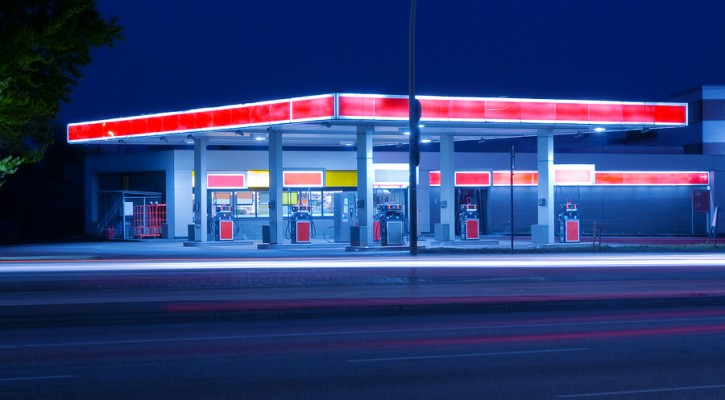
Are Gas Stations Cheating Us at the Pump?
July 10, 2014
Whether you’re driving a car, motorcycle or 18-wheelin’ tractor-trailer, gas prices are always a concern. Drivers seek out the cheapest prices in town, sometimes waiting in line at a gas station that charges pennies less than other pumps around.
However, many gas stations fail to maintain accurate pumps, while others go so far as to actually cheat their customers. So how are we supposed to know if we can trust our local gas stations?
Before you lose faith in humanity and distrust every pump you use, let’s look at the facts.
Inspectors say that they try to go to every station once a year for routine inspections. If they receive a complaint about a particular gas station, they send inspectors to that location ASAP, sometimes within 24 hours.
Most of the time, pumps are right on the money. They pour the exact amount of gas shown on the meter, and charge the exact price listed on the sign. However, a significant number of stations fail the inspection. Some dispense less than what’s being shown on the meter, while others actually dispense more.
So, poor calibration can result in consumers being short-changed, but it can also result in consumers receiving more fuel than they paid for. For this reason, most gas station owners actually want inspectors out there testing for accuracy.
It is very rare for gas stations to cheat consumers on purpose.
One way inspectors can tell whether customers are being cheated on purpose is by paying close attention to seals underneath the pump. Licensed repairmen will seal the pump with one of their tags during calibration. If that seal has been tampered with, then there’s reason to suspect malicious intent.
Everyday drivers can monitor their local gas stations as well. Take note of how many gallons your tank holds. Then, when you go to fuel up, keep an eye on how many gallons are pumped. If you pump 20 gallons of gas into a 17-gallon tank, then you have reason to be suspicious. If your tank is half empty and you are charged for 15 gallons, then you have reason to be suspicious. However, gas gauges usually aren’t precise, so don’t get too suspicious if calculations are off by a couple of gallons.
Another way to keep an eye on gas pump accuracy is to check the final price. Make sure that the amount charged corresponds to how many gallons were pumped. This is a simple calculation: total price divided by number of gallons.
Drivers can also keep an eye out for outdated inspection stickers. Every pump should have a sticker that shows when it was last inspected. If your local gas station hasn’t seen an inspector in more than one year, then a simple phone call to the number listed on the sticker will get an inspector out there in no time.
